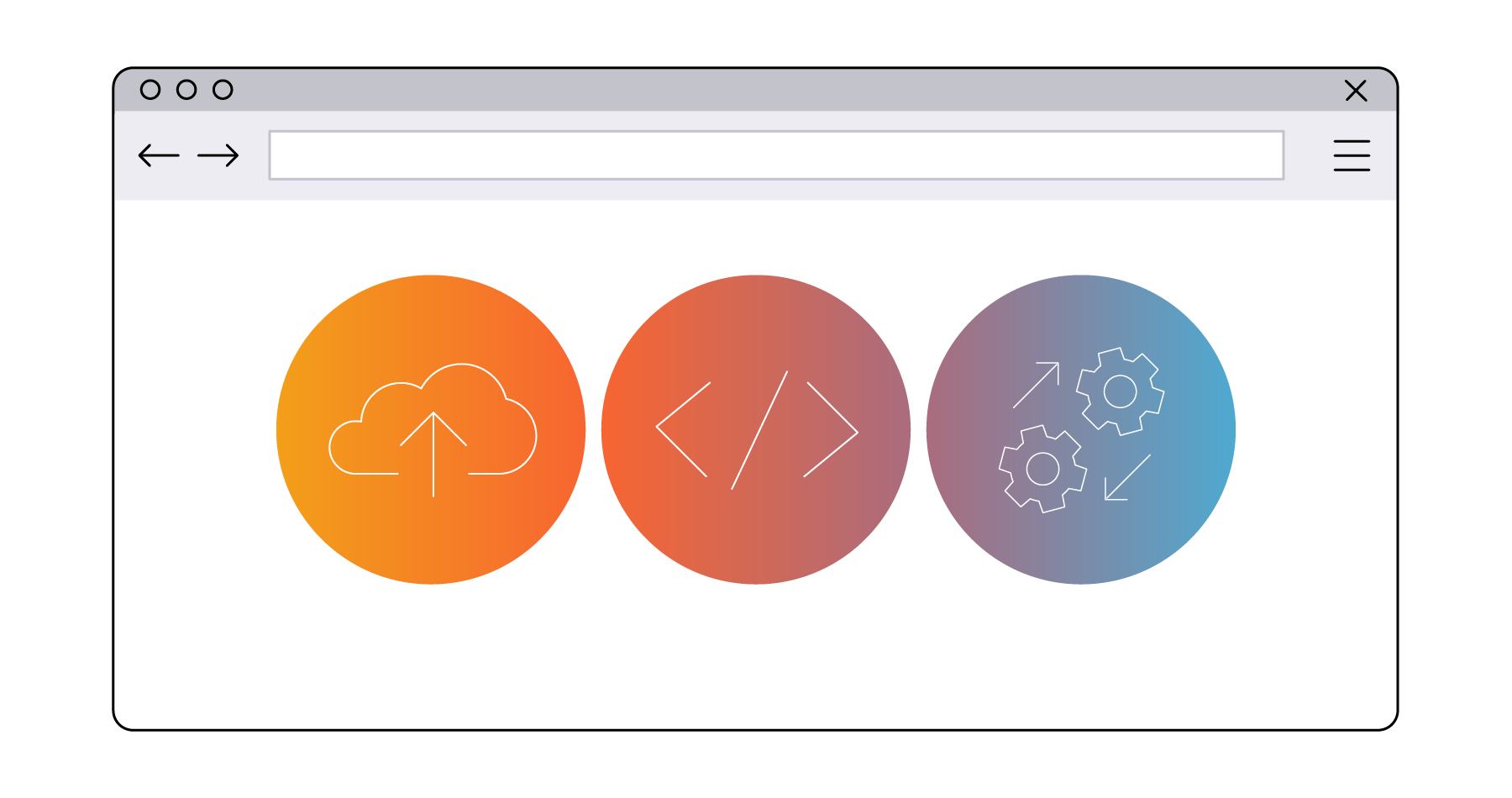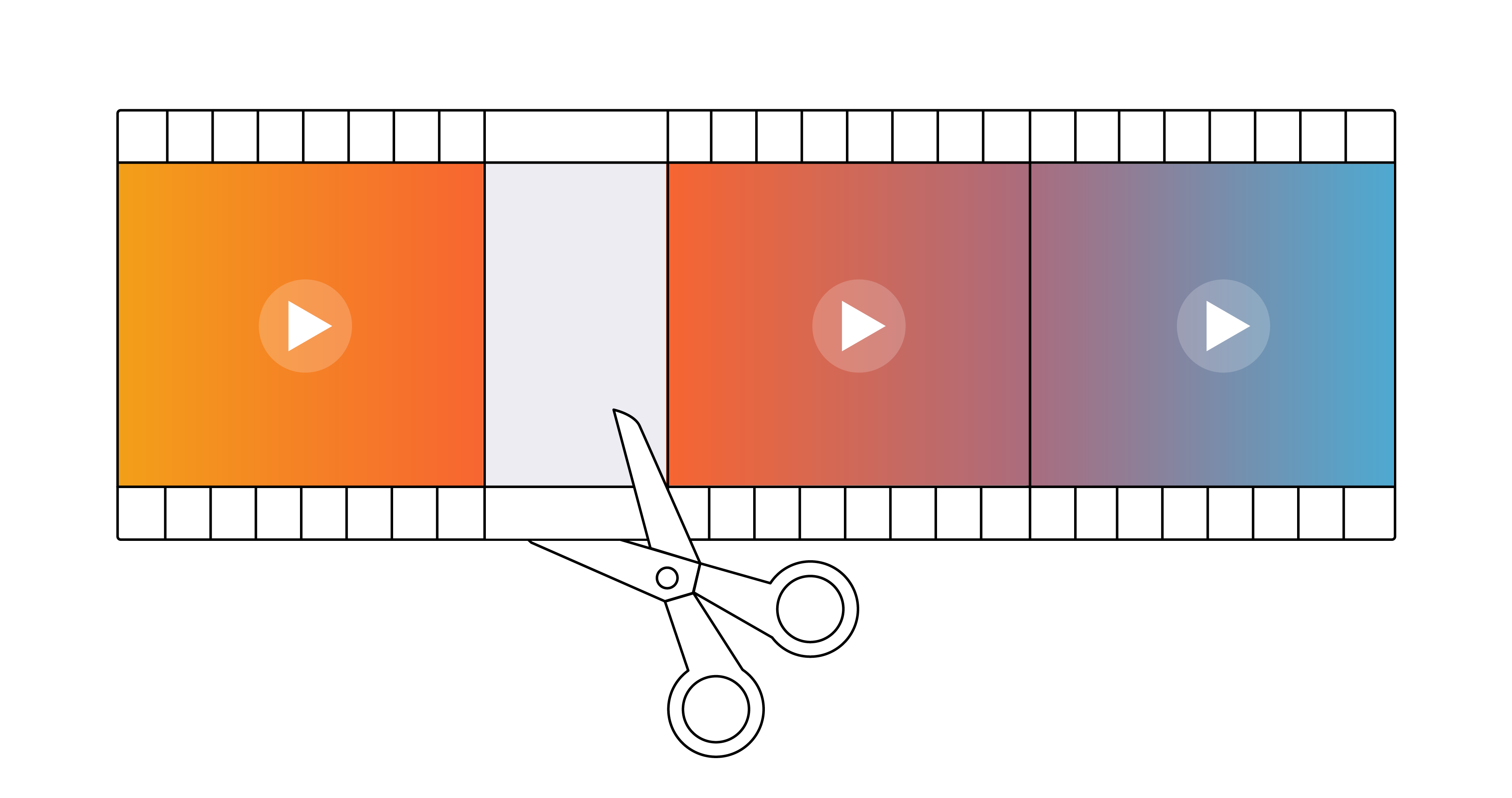Adding Video to Your Website: Upload, Embed, or Integrate?
Marketing

Your website is your company’s digital storefront. It’s where customers can get to know your brand, learn about and buy your products, and seek support when they have problems or questions.
Video makes your site feel even more like a store by visualizing brand messages, showcasing products in action, and providing in-depth tutorials. However, adding video to your website often takes a toll on either your store’s experience or your staff’s bandwidth. And of the three primary ways to add video, only one addresses both of those issues.
Uploading Video
Uploading videos directly to your Content Management System (CMS) is the simplest way to create website videos. Unfortunately, it’s also the worst.
While uploading a video is as easy as uploading an image, your website server is now tasked with hosting your videos. Video files are much larger than images, and the effect on bandwidth, storage, experience, and speed is why few companies use this method anymore.
That said, there are benefits to using your CMS to manage your videos. Though they’re not worth the cost on their own, they’re valuable enough that other methods incorporate them.
Benefits of Uploading Video
- Native library access. No one likes switching between tools to accomplish single tasks. That’s why content managers prefer to access video libraries directly in the CMS when publishing web pages. Brand directors prefer it too because it maintains content governance. With an approval process for uploading media, only approved content will get published.
- Metadata application. Uploaded media also includes metadata. This allows your video content to populate in global search, which supports the modern buyer’s desire to self-serve. For buyers who prefer more direction, metadata also allows you to auto-populate content blocks of related videos based on tags.
Embedding Video
Most video on websites today is embedded using a separate video hosting platform, removing the storage and bandwidth strain on your website server. The types of embed codes can vary, but most platforms employ one or both of the following.
- Iframes. While typically easy to use, iframes can be less responsive and customizable, and they can cause longer load times. You’ll also find that many free video platforms will default to iframes, forcing you to retain their branding as you can’t override their styling with CSS.
- Scripts. Scripts can be more complex to implement because they’re susceptible to your site’s custom styling. But that means they’re also much more customizable than iframes, and they’re generally faster and more responsive.
Brightcove embed codes include both iframe and script options so you can add videos to your website according to your preferences and capabilities.
Benefits of Embedding Video
Optimized viewing experience. Web servers aren’t designed to support the demands of streaming, so they can have user experience issues like buffering. Online video platforms (OVPs), on the other hand, compress video files and adjust the quality in real time based on the viewer’s network and device conditions.
- Better load times. Even with a web server capable of supporting video, most sites simply can’t load both its custom branding elements and high-quality videos without slowing down. Given that site speed is a ranking factor for search engines, streaming platforms are almost essential to maintain healthy organic traffic.
- Consolidated analytics. Today’s marketers have videos spread across multiple destinations including websites, social properties, even apps. Managing all that content is hard enough, but it’s even harder to track performance across channels. Fortunately, most OVPs have some social publishing capabilities, so you can centralize your video marketing efforts and unify your metrics.
Integrating Video Platforms
While uploading and embedding videos offer mutually exclusive benefits, integrating your video platform with your CMS gives you all the benefits of both. In fact, some CMSs come with built-in OVPs for that reason.
Integration is the new standard for adding video to your website because it’s better for everyone. Uploading is better for content managers, embedding is better for viewers, thus integrating gives both groups what they want.
To be clear, yes, you can technically write embed codes to do anything an integration can do. But the power of integration is that it automates coding. And this allows content managers to do what they do best—manage content—instead of moonlighting as developers.
Having what amounts to developer support for your video publishing not only gives you all the benefits for everyone, it enhances them.
| Benefits | Upload | Embed | Integrate |
|---|---|---|---|
| Native library access | ☑️ | ☑️ | |
| Metadata application | ☑️ | ☑️ | |
| Optimized viewing experience | ☑️ | ☑️ | |
| Better load times | ☑️ | ☑️ | |
| Consolidated analytics | ☑️ | ☑️ | |
| Advanced content management | ☑️ | ||
| Advanced publishing | ☑️ | ||
| Advanced customization | ☑️ |
Integration Benefits
- Advanced content management. In addition to adding and managing video and its metadata through the comfort of your CMS, you can also easily manage playlists. This can be especially valuable for larger sites where content governance is a priority.
- Advanced publishing. With Brightcove’s integrations, you create and publish in-page experiences from your CMS. So beyond selecting your account, player, and video, you can also choose different experiences like grids, filmstrips, and carousels.
- Advanced customization. Embedding works fine if you only need to customize your player’s styling, but an integration can give you control of player settings as well. For example, you could enable settings like autoplay, saving you the trouble of creating a new player and embed code.
Just like each CMS is different and designed for specific use cases, Brightcove CMS connectors are equally unique and intended to enhance those use cases. Regardless of which one your organization uses, Brightcove likely has a connector for it, including AEM, Drupal, SharePoint, Sitecore, and WordPress.
While there are several options for adding video files to your website, integration truly offers the best of both worlds: the advanced capabilities of an OVP and the user-friendly interface of a CMS. It allows you to deliver viewers the broadcast experience they expect while allowing content managers to work in the tools they prefer.


